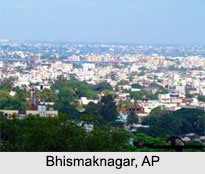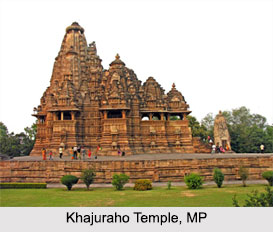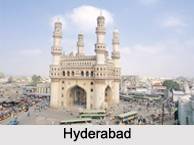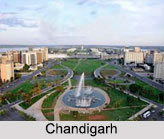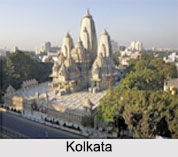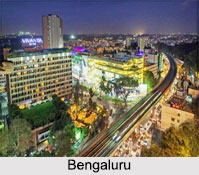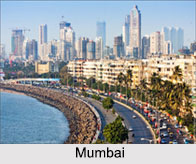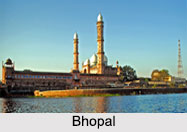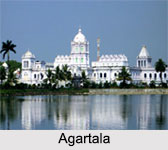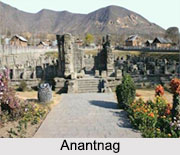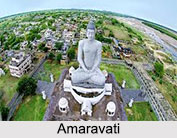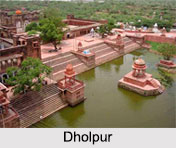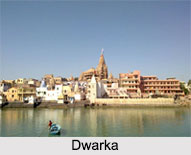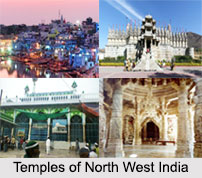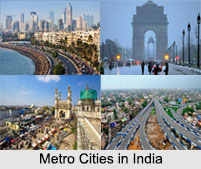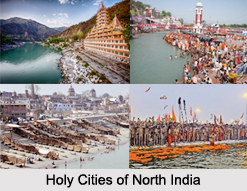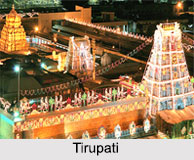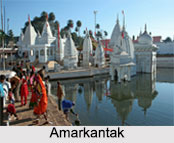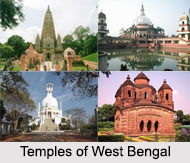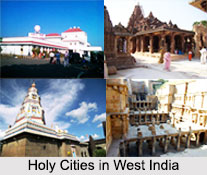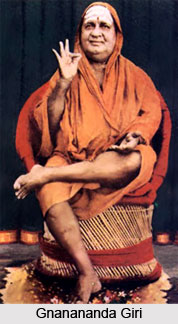 Tirukoilur is a pilgrimage town nestled in the Tamil Nadu state of India.
It is located in the Viluppuram district of the state. The town is known for ancient temples like Veerataneshwara Shiva temple and Ulagalantha Perumal temple. Interestingly, "koil" means temple in Tamil language.
Tirukoilur is a pilgrimage town nestled in the Tamil Nadu state of India.
It is located in the Viluppuram district of the state. The town is known for ancient temples like Veerataneshwara Shiva temple and Ulagalantha Perumal temple. Interestingly, "koil" means temple in Tamil language.
Demographics of Tirukoilur
On the basis of 2014 India census, Tirukoilur had a population of 39,108 of which males constitute 49% and females 51%. In the town, 10% of the population was under 6 years of age. On the basis of the report of the same year, Tirukoilur had an average literacy rate of 78%, higher than the national average of 59.5%. The male literacy was 83%, and female literacy was 73%. The official language of this town is Tamil.
Historical Significance of Tirukoilur
This town is a place of historic importance. King Malayaman who is famous for his war and administrative skills ruled from here. Also, the notable Chola king Raja Raja Chola was born in Tirukoilur, as Arulmozhivarman, the third child of Parantaka Sundara Chola and Vanavan Devi of the Malayaman dynasty.
It is said that before 1000 years, Tirukoilur was one of the four largest cities in Tamil Nadu like other cities namely Kanchipuram, Madurai, and Thanjavur. Later, Kings like Adiyamman demolished the city.
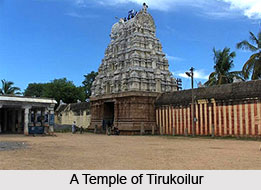
Religious Spots of Tirukoilur
The main attraction of Tirukoilur is the Tapovanam Gnananandagiri. The samadhi of Gnanananda Giri, the guru of Haridoss Giri, a well-known saint of yesteryears is situated here. He was a renowned telepathist. Every day Bhajans are held and there is free feeding for the devotees. Even now people from every nook and corner of the world visit this place to get peace and consolation.
Apart from this, there is a temple dedicated to Thirivikrama, the Lord who is said to have measured the entire earth and sky with just two strides of His feet. This temple of Thirukoilur is situated 25 km down on the banks of Pennar. It is an ancient temple, which has beautifully carved pillars. The temple tower of this Thirukoilur temple on the eastern side is one of the tallest in South India. There is another temple in Tirukoilur which is worth visiting. It is on a rock in the riverbed.
Connectivity to Tirukoilur
The town can be connected via railway, airway and roadway. The nearest major railway station is at Villupuram. The closest airports are located at Puducherry, Chennai and Trichirappali. People can avail buses from Chennai, Trichy, Bengaluru and Pondicherry to reach this town.
